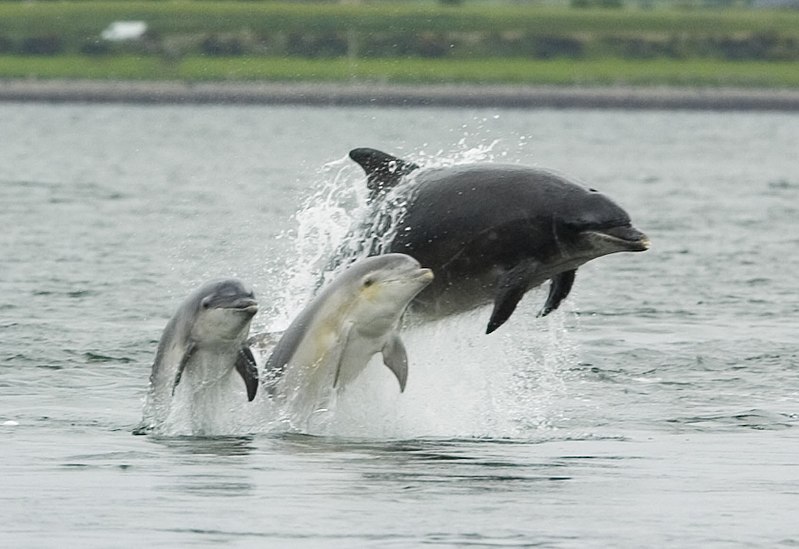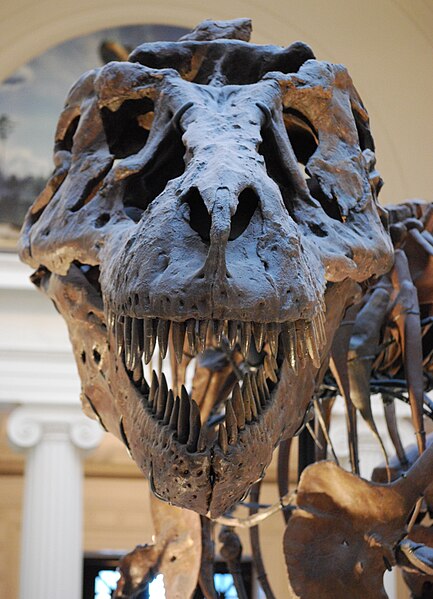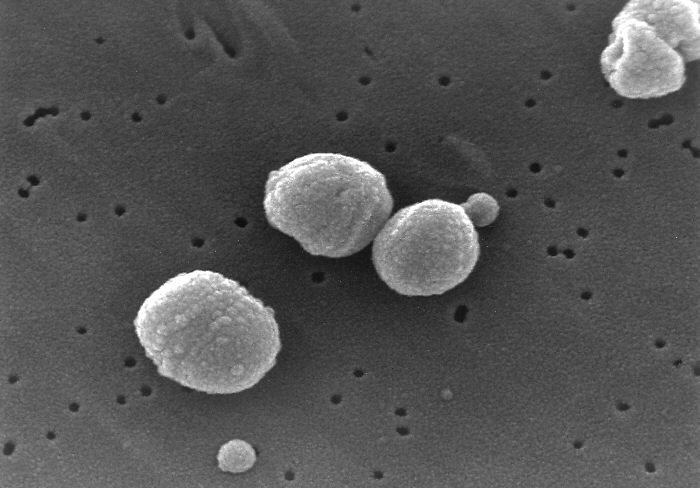1. Centaurs are Comets!
 |
| Credit: NASA/JPL-Caltech |
But a new study has cleared things up. NASA's Wide-field Infrared Survey Explorer (WISE) has made observations on infrared images which indicate, because of their darker coloring, that these mystery objects have a cometary origin. This means these objects likely came from the edges of our solar system, and were once active comets. They might even become active again in the future.
One space mystery solved! ...ish. It's still unclear exactly how those objects got there, but at least we've figured out which direction they came from!
2. Greenland's Inland Ice Melts "Like Butter"
.JPG/419px-Sermersuaq_in_Isunngua_highland_in_summer_2010_(8).JPG) |
| Credit: Chmee2 |
But a new model demonstrates how this very scenario could occur: you just need to consider the glaciers as if they're big chunks of butter that you're softening for cooking. The melting exterior drains warm water into the interior, which then softens until it bends and flows, even though it's not yet pure liquid and "drippy".
So... great that we understand why Greenland is melting so much faster than predicted. Now to find a way to slow that down.
3. Dolphins Have Names (and not just ones we give them!)
 |
| Credit: Peter Asprey |
When scientists played a particular dolphin's signature whistle, that dolphin's attention would be captured, and it would call back, repeating the whistle. It is clearly an identifying marker of each individual dolphin. Therefore, for the first time in biological history, it's been proven that other animals name themselves.
I wonder what they call us.



